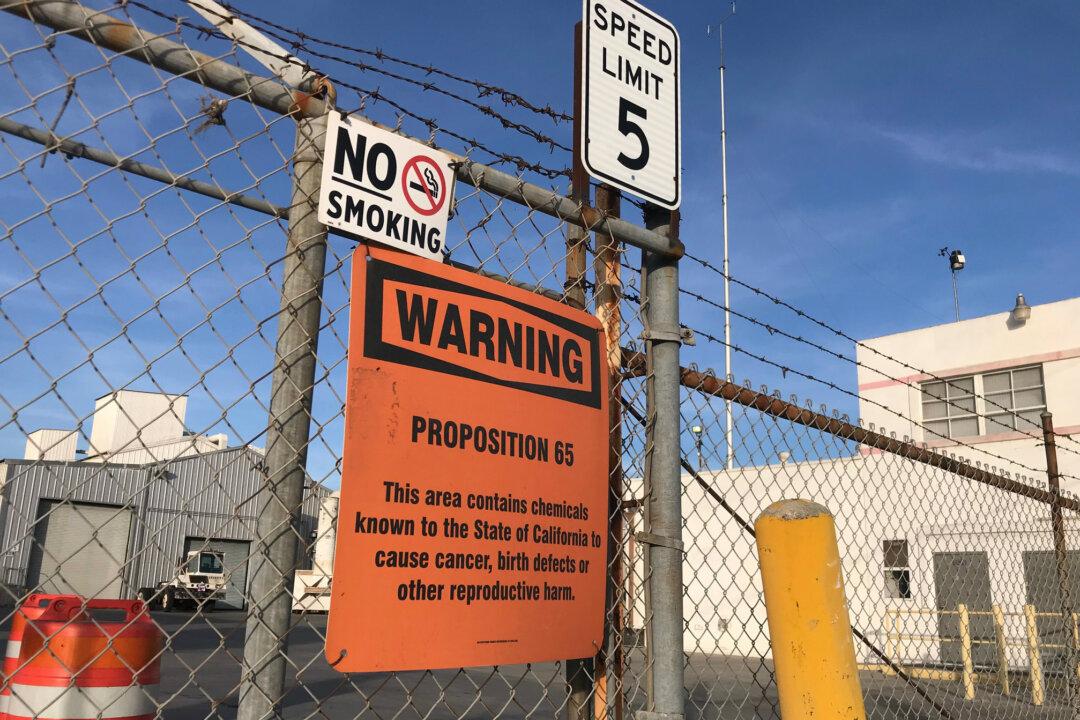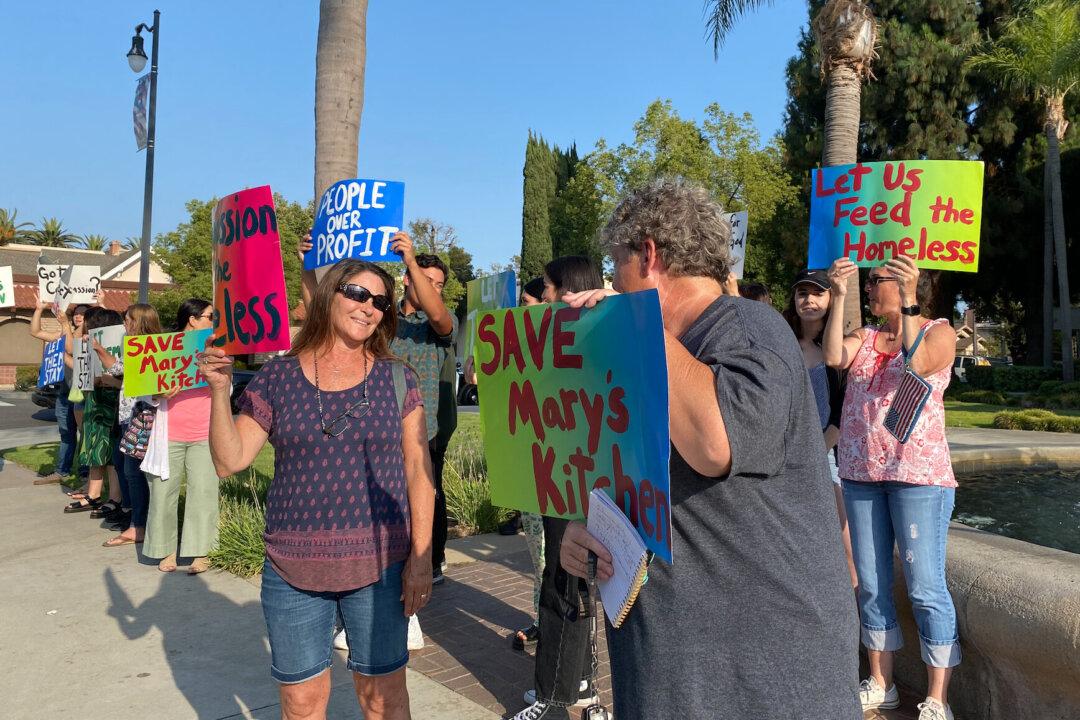LOS ANGELES—On the outer walls of Resurrection Church in Los Angeles, signs in English and Spanish advertised free blood testing for lead. Inside the church on Jan. 31, a State Assembly committee met to discuss the progress of California’s largest toxic cleanup.
The cleanup, which began in 2017, includes the removal of lead-tainted soil from thousands of properties around a shuttered Exide Technologies battery recycling plant in the city of Commerce, just south of Los Angeles.





